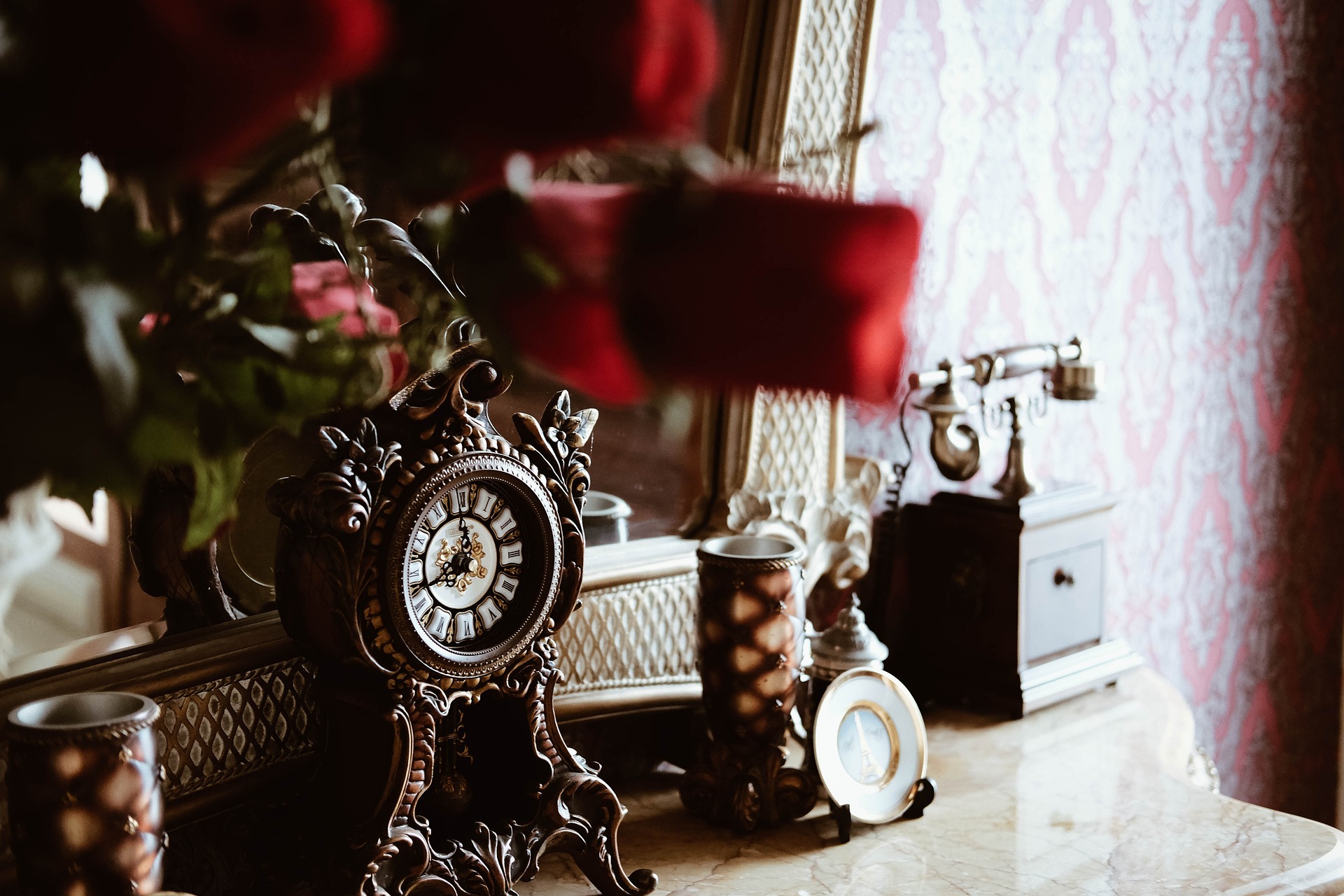Reimagining Antique Mirrors: A Modern Twist on Reflective Decor
The glimmer of an antique mirror catches your eye as you enter a chic boutique hotel lobby. Its ornate frame, weathered with age, contrasts beautifully against sleek modern furnishings. This unexpected pairing sparks curiosity - how can these relics of the past find new life in contemporary spaces? Let's explore the art of reimagining antique mirrors for today's homes.
Historically, mirrors were symbols of wealth and status. In the 17th and 18th centuries, the process of creating large mirrors was incredibly costly and labor-intensive. Venetian glassmakers held closely guarded secrets of mirror production, making these items rare and highly prized. As techniques improved and spread across Europe, mirrors became more accessible, but the finest examples remained luxurious statement pieces.
Blending Old and New
The key to successfully incorporating antique mirrors into modern interiors lies in creating a deliberate juxtaposition. Rather than trying to force these pieces to blend seamlessly into a contemporary setting, designers are celebrating the contrast. An ornate Rococo mirror can become a striking focal point when placed against a minimalist white wall. The key is balance - allowing the antique piece to shine while ensuring it doesn’t overwhelm the space.
One popular approach is to group several antique mirrors of varying sizes and styles together to create a gallery wall. This eclectic arrangement adds visual interest and depth to a room, while the repetition of the mirror element provides cohesion. The reflective surfaces also help to bounce light around the space, making it feel larger and brighter.
Unexpected Placements
While traditionally relegated to formal living rooms or bedrooms, antique mirrors are finding new homes in unexpected places. Designers are experimenting with unconventional placements to maximize their impact:
- Kitchen Backsplashes: A large antique mirror used as a backsplash behind a stove or sink adds instant glamour to a utilitarian space.
- Outdoor Spaces: Weather-resistant antique mirrors bring a touch of elegance to patios and gardens, creating the illusion of expanded space.
- Ceiling Accents: Mounting a collection of small antique mirrors on the ceiling creates a dazzling, jewel-like effect.
- Furniture Inserts: Incorporating antique mirror panels into modern furniture pieces, such as wardrobes or coffee tables, adds depth and visual interest.
Restoration and Customization
While the patina of age is part of an antique mirror’s appeal, sometimes restoration is necessary to bring out its full potential. Specialized restorers can repair damaged silvering or stabilize deteriorating frames without erasing the mirror’s history. For those seeking a more dramatic transformation, some artisans offer customization services:
- Antiquing new mirrors to achieve a vintage look
- Painting ornate frames in modern, unexpected colors
- Cutting antique mirrors to fit specific spaces or create unique shapes
These interventions allow homeowners to tailor antique pieces to their specific aesthetic vision while preserving their inherent character.
Sourcing and Sustainability
The renewed interest in antique mirrors aligns well with the growing focus on sustainability in interior design. By repurposing existing pieces, homeowners can reduce their environmental impact while acquiring unique decor elements. However, this increased demand has led to a rise in reproductions and fakes in the market.
When sourcing antique mirrors, it’s essential to work with reputable dealers or antique shops. Look for signs of authentic age, such as slight imperfections in the glass or wear on the frame consistent with its purported age. Online marketplaces and estate sales can be treasure troves for antique mirror hunters, but buyers should be prepared to do their research and ask for detailed photographs and provenance information.
The Future of Antique Reflections
As we look ahead, the trend of incorporating antique mirrors into modern spaces shows no signs of waning. Designers are continually finding new ways to reinterpret these classic pieces for contemporary living. We may see increased integration of technology, such as smart mirrors with antique frames, or innovative uses of mirror fragments in mixed-media art installations.
The enduring appeal of antique mirrors lies in their ability to connect us with the past while enhancing our present surroundings. By reimagining these reflective relics, we create spaces that are not only visually striking but also rich in history and character. Whether used as statement pieces or subtle accents, antique mirrors continue to captivate and inspire, proving that true style is indeed timeless.






